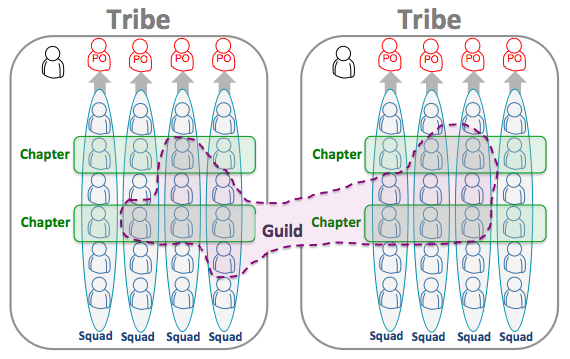A significant percentage of our clients are reporting siloed working as an issue in the workplace, largely due to the pandemic, global team structures and sheer volume of work. Silo mentality is ‘a mindset present when certain departments or sectors do not wish to share information with others in the same company’.1 This type of mentality can reduce efficiency in the overall operation, lower morale, and contribute to the demise of a productive company culture and missed opportunities for innovation. So, what can your organisation do about it?
Share your ‘why’
There can often be a disconnect when your team only feels responsible for ‘their bit’ of the work puzzle, which tends to be a result of not having a complete grasp of the overall purpose of your business.
As author and inspirational speaker Simon Sinek says, it’s important to ‘start with why’2. Share your organisation’s purpose and the reasons for why you act and behave in the way you do. Once the purpose of your organisation is defined and understood, this will cascade down to all areas of the business to bring a sense of unity among teams and individuals.
Invest in amazing events
Events bring teams together, whether virtual or in-person. You can create a common purpose across teams and encourage collaboration. It’s especially important if you have a disparate team across regions and/or time zones. Running purposeful, collaborative events shows your employees their worth and gives them moments that are worth working for.
The key to successful virtual events is simulating the act of ‘bumping into each other’. This can be helped by running quarterly social sessions, innovation forums, mentorship programmes or bespoke engagement events, such as Gate One’s Accelerator. These are specifically curated events designed to foster meaningful change through an immersive and collaborative experience for you, your team and your organisation.
Create cross-functional ‘tribes’
To be truly effective, organisations must demonstrate agility when it comes to team deployment and cross-functional ways of working. Teams should have the opportunity to network and innovate with colleagues outside of their immediate team and/or reporting structure.
One such approach often referred to as the ‘Spotify model’3, reflects the importance of culture and network, and incorporates a people-driven, autonomous approach for scaling agile. This involves multiple ‘squads’ who coordinate with one another on the same feature area to create a ‘tribe’, essentially a group of multiple stakeholders across several different internal teams.
While this approach is not always easy to replicate, it does highlight the effectiveness of true cross-departmental collaboration.

Communication, communication, communication
All of the above efforts will be ineffective, however, if one key factor isn’t addressed: communication. This is particularly important in the current climate, as workforces slowly return to the office in some capacity and hybrid working structures become the norm.
A recent report by McKinsey, focusing on the re-entry of the workforce post-COVID, highlighted that while leaders may be tempted to withdraw into small decision-making taskforces, they should use this moment to define and demonstrate a common sense of purpose with their employees.4
Better communication is not only improved by adapting leadership styles, but also by encouraging interactions on collaboration forums and supporting events with a regular, drumbeat of information, to keep everyone in the loop on company-wide initiatives.
Use fewer but more effective tools
Another barrier to effective working is the incorporation of additional toolkits, software and methods that can inhibit productivity, rather than improve it. Keep things simple but use the best tools in your organisation to engage and align across teams.
We understand the challenges and opportunities of leveraging digital and data. Adapting your digital strategy and minimising your channels can help streamline internal processes and create a more collaborative and inclusive culture.
If planned for conscientiously, as opposed to reactively, the use of collaboration and productivity tools, and the associated data generated, will provide employees with respite from the exhaustion and siloed ways of working faced in the last two years. These tools allow us to understand the behaviours being demonstrated across teams and provide individuals with the opportunity to engage both synchronously (real-time communication) and asynchronously (not in real-time). When supported with the adoption of these tools and empowered to use them alongside the right set of behaviours, workplace tools will increase the opportunities for connections to be formed across geographical boundaries.
The Gate One change team specialises in creating and nurturing effective teams. We bring empathy and rapid experimentation techniques. We partner with you, bringing innovation and pragmatism, to create a culture where your people can thrive.
At Gate One, we are change experts. Our team will equip you to drive culturally-aligned, innovative change programmes.


